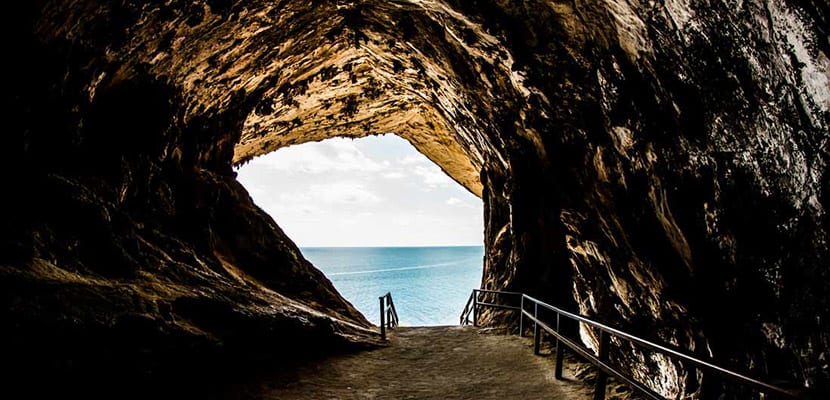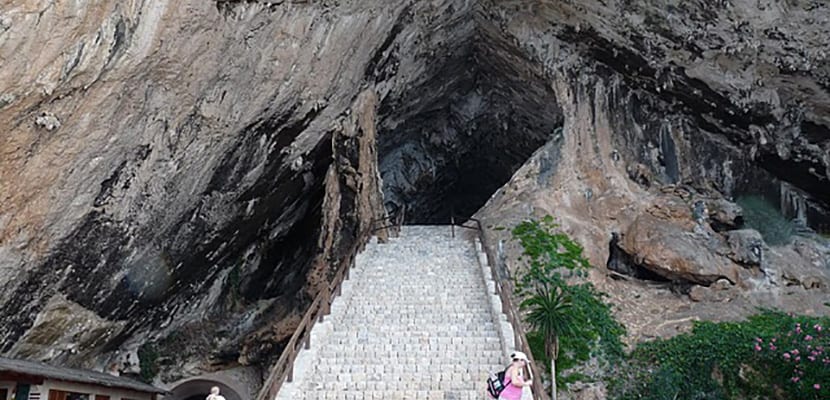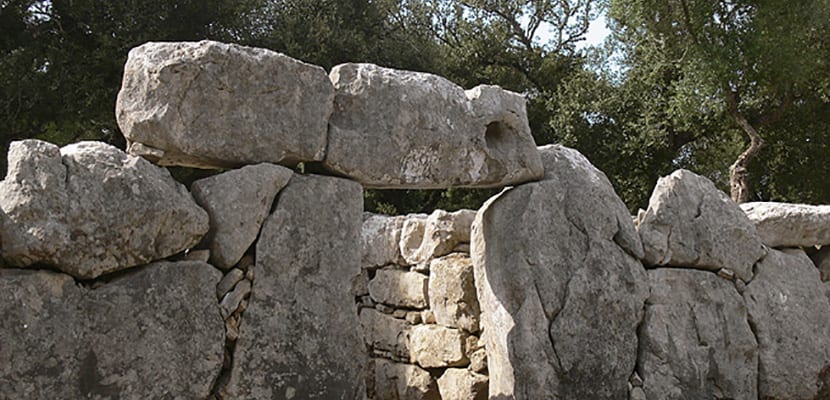
Mallorca is a place that is visited mainly for its beaches, that is indisputable. But beyond the coves and sands there is a whole world to discover. This particular island has several ancient caves that are part of the island's history and tell us about earlier times. Caves that were probably already known to the first inhabitants of the islands.
Although the Drach Caves are the most visited, there are others that we cannot miss. We refer to Caves of Artá in Mallorca, located in Capdepera. These beautiful caves are also very interesting and are located near the sea, in Cap Vermell. Take note of all the details to see these beautiful caves inside.
How to get to the Caves of Artá
The Artá caves are far from Palma de Mallorca. They are located near Manacor and the Caves of Drach, so you can make a joint visit. In general, it is recommended to rent a car to see the different points of the island. Your communications can be a bit slow when it comes to reaching points as far away as Canyamel, where the Artá Caves are. If we go by road, we must follow the Ma-15 road that leaves Palma de Mallorca towards Manacor and then goes to Artá. From Artá to Canyamel there are only 9 kilometers on the Ma-4042 road. Another option is to use public transport, with trains to Manacor and different combinations of buses, but of course it will take us a lot longer to make the journey.
Caves of Artá, what to see

The Caves of Artá offer tickets every day for a price of 15 euros, although discounts or rates for minors must be consulted. You enter into groups about every half hour. The operation is similar to the Caves of Drach. The entrance to the caves is high, you have to climb quite a few stairs, so it must be taken into account if we go with baby carriages. Inside there are also flights of stairs. Indoors the temperature drops quite a bit, at about 18 degrees, and there is a great humidity, 80%. The visits are guided and there are in Spanish, English, German and French. You have to take into account the schedule, since they always open at 10 in the morning, but the closing varies depending on the month. From July to September they close at 19:17 p.m., from November to March at 18:XNUMX p.m. and the other months at XNUMX:XNUMX p.m.
Inside the cave you can enjoy the explanations of the guides, to know a little about the history of the cave or how long it took them to form. beautiful stalagtites and stalagmites that have various shapes. You enter what is known as the Vestibule, with a large vault full of stalactites and stalagmites that start from the ground. You follow the path and go down a stone staircase to reach the Hall of Columns, which looks like a place in the Gothic style. Continue forward and reach the Hall of the Queen of Columns, with a large column about 25 meters high in the center. Another of the best known rooms is called Hell, since it could well represent this place. It is one of the largest rooms in the cave, with rocks that take a thousand shapes. It continues through other interesting rooms such as La Gloria, El Teatro or the Sala de las Banderas, all with their peculiar characteristics that the guide will point out to us. The path is circular, so it ends where it started, in the Hall.
One of the characteristics that distinguishes this cave from others is that the cave overlooks the sea and the cliffs. At the end you can enjoy great snapshots with the sea in the background from the high point of the entrance of the cave, something that distinguishes it from others, such as the Drach, whose entrance is not so spectacular, but that beats it in popularity for its inland lake and the sound games that are created with the concert on the water.
What to see in Artá

Since we have gone to the town of Artá in Capdepera, we can always take time to see the surroundings, since the visit to the cave does not take more than 45 minutes. In the surroundings there are wide areas of coastline where there are some of the best coves on the island, such as the well-known Cala Mitjana. This millenary island has a lot to count on places like Ses Païses de Artá, an archaeological site that has a good state of conservation and that is a highly valued complex because it is a settlement from the Balearic Talayotic period. It is one of the best preserved towns on the island and is surrounded by a holm oak forest.